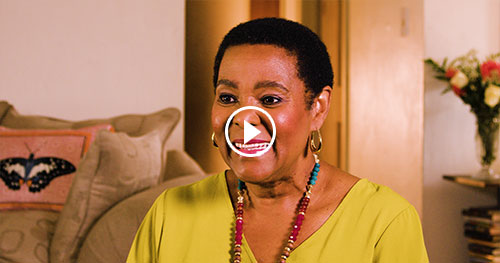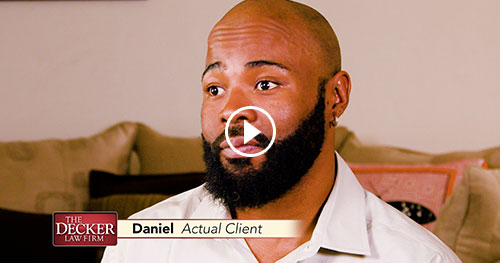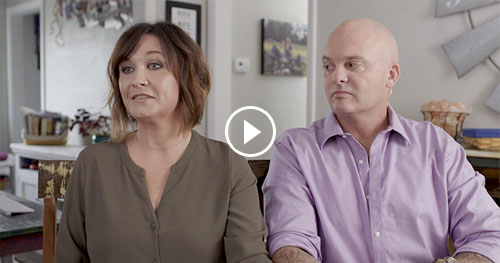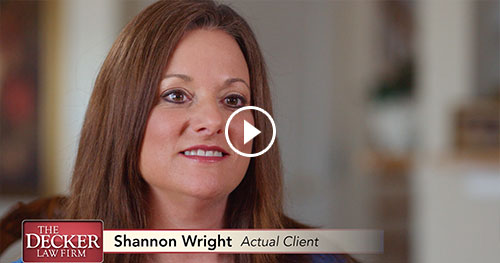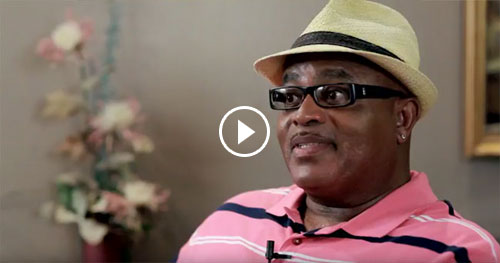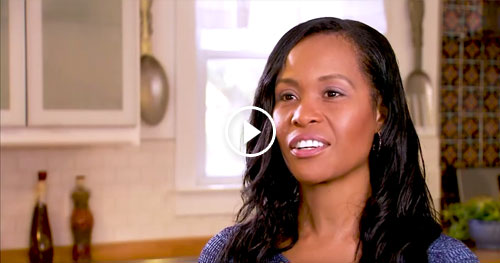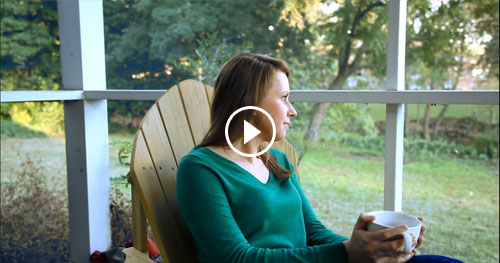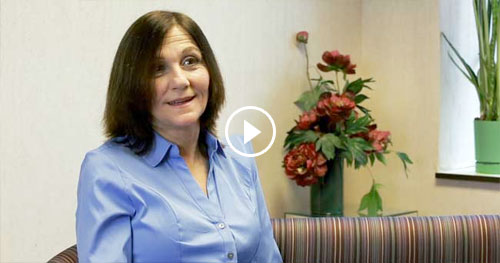T-Bone Accidents: What You Need to Know About Side Impact Collisions
Being involved in a T-bone accident can be devastating and life-altering. These side impact collisions account for 24 percent of driver or passenger vehicle occupant deaths, making them one of the most dangerous types of crashes on our roads.
Understanding the causes, prevention strategies, and legal implications of T-bone accidents is crucial for protecting yourself and your loved ones. Moreover, knowing what steps to take after such an accident can make the difference between receiving fair compensation and facing financial hardship. Decker Law specializes in helping victims navigate these complex situations and secure the justice they deserve.
Common Causes of T-Bone Accidents
A T-bone accident, also known as a broadside collision, typically occurs when one vehicle strikes another at a perpendicular angle. Most of these collisions happen at intersections where drivers fail to yield the right of way to others who have legal priority.
Dangerous left turns represent the primary cause of these crashes. Often, drivers attempt risky maneuvers, believing oncoming traffic will stop at yellow lights. Similarly, some motorists run red lights while others make left turns, resulting in catastrophic side impacts. Additionally, drivers who ignore stop signs frequently cause T-bone car accidents at controlled intersections.
Distracted driving significantly contributes to these dangerous collisions. Common distractions include:
- Texting or using smartphones for navigation
- Driving while exhausted or sleep-deprived
- Eating or drinking behind the wheel
- Adjusting radio or entertainment systems
When drivers lose focus on the road, they become much more likely to cause serious accidents. Furthermore, other contributing factors include operating defective vehicles, driving recklessly while intoxicated, and mechanical failures involving brakes or steering components.
Prevention Strategies for T-Bone Car Accidents
Preventing T-bone accidents requires vigilant attention to traffic laws and defensive driving techniques. Most importantly, always obey traffic signals when approaching intersections and come to complete stops at designated stop signs.
Slow down rather than speed up when encountering yellow lights. Never attempt to enter intersections after traffic signals have turned red, as this creates extremely dangerous situations. Instead, wait for proper signals and look for safe gaps in traffic before proceeding.
Exercise particular caution at intersections controlled only by stop signs. Be prepared to make sudden stops when necessary, especially during adverse weather conditions when visibility is compromised. Additionally, drive slowly when approaching blind corners where your view of cross traffic may be limited.
Remember that defensive driving means never assuming other motorists will follow traffic laws. Check that intersections are clear and cross traffic has stopped before proceeding, even when you have the right of way.
Common Injuries from T-Bone Accidents
Unfortunately, T-bone car accidents often result in severe injuries due to the limited protection on vehicle sides. Both drivers and passengers face significant risks of serious harm or death in these collisions.
The most common injury types include:
- Head injuries ranging from cuts to severe brain trauma
- Neck injuries including whiplash and herniated discs
- Back injuries causing nerve damage and chronic pain
- Pelvic, abdominal, and chest injuries with potential organ damage
Head injuries from broken glass can cause concussions, brain trauma, and vision problems that affect memory, concentration, and decision-making abilities. Neck injuries occur when the collision’s force snaps heads backward, potentially causing herniated discs and chronic pain.
Back injuries range from minor disc problems to severe spinal cord damage that may result in partial or complete paralysis. Chest, pelvic, and abdominal injuries are particularly common in bicycle and motorcycle accidents, often requiring immediate medical attention for internal organ damage.
Determining Fault in T-Bone Accidents
Establishing fault in T-bone accidents is often straightforward since these collisions typically involve drivers making improper left turns. Generally, the driver executing the left turn bears responsibility for the crash.
However, exceptions exist when the driver proceeding straight violates traffic laws. For instance, running red lights or stop signs can shift partial or complete liability to the straight-traveling driver. Similarly, excessive speeding or distracted driving can affect fault determination.
Many intersections feature traffic cameras that record violations, making liability determination easier. Witness testimonies also provide valuable evidence about accident circumstances. Nevertheless, some cases lack witnesses or camera footage, creating challenging “he said, she said” situations that require expert legal analysis.
Steps to Take After a T-Bone Accident
Following a T-bone accident, prioritize safety and proper documentation. Contact emergency services immediately and provide accurate information when filing insurance claims. Subsequently, focus on determining actual fault and protecting your legal rights.
State laws vary regarding fault determination and compensation. Some states follow comparative negligence rules, allowing partial compensation even when you share some responsibility. For example, being 30 percent at fault might still entitle you to 70 percent compensation.
Given the complexity of these cases, consulting with experienced personal injury attorneys is essential. Professional legal representation can help you navigate insurance negotiations and build strong cases against at-fault drivers.
Benefits of Legal Representation
Hiring qualified attorneys provides numerous advantages when dealing with T-bone car accidents. Legal professionals can investigate accident scenes, obtain official police reports, interview witnesses, and access vehicle data to strengthen your case.
Additionally, experienced lawyers handle insurance company communications, protecting you from aggressive tactics while you focus on recovery. They work to secure maximum compensation for medical expenses, lost wages, and other damages.
Most personal injury attorneys work on contingency fee arrangements, meaning you pay nothing unless they win your case. This arrangement ensures access to quality legal representation regardless of your financial situation.
Get Expert Legal Help Today
If you’ve been involved in a T-bone accident, don’t navigate the legal complexities alone. Understanding your rights and options is crucial for securing fair compensation and holding negligent drivers accountable.
Decker Law has extensive experience handling side impact collision cases and helping victims receive the compensation they deserve. Our team understands the devastating impact these accidents can have on families and works tirelessly to protect our clients’ interests.
Contact our experienced team today to schedule your free consultation and learn how we can help you move forward after a T-bone accident.


